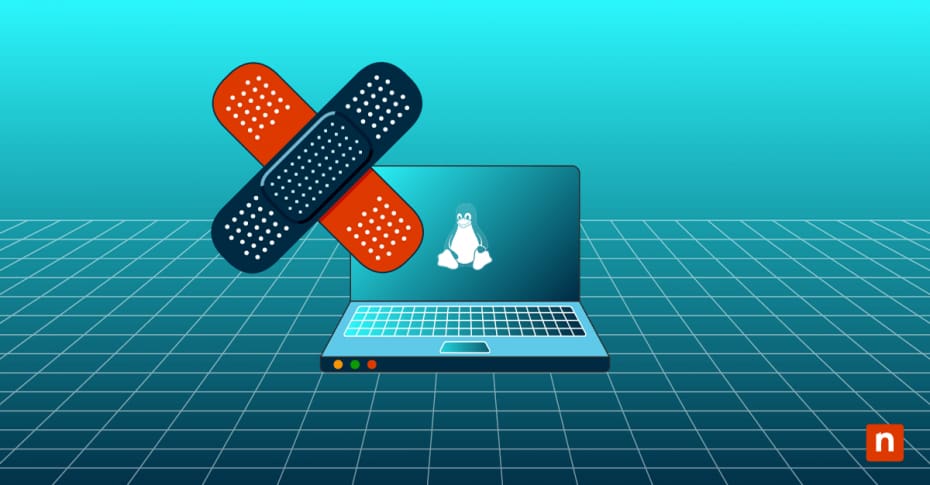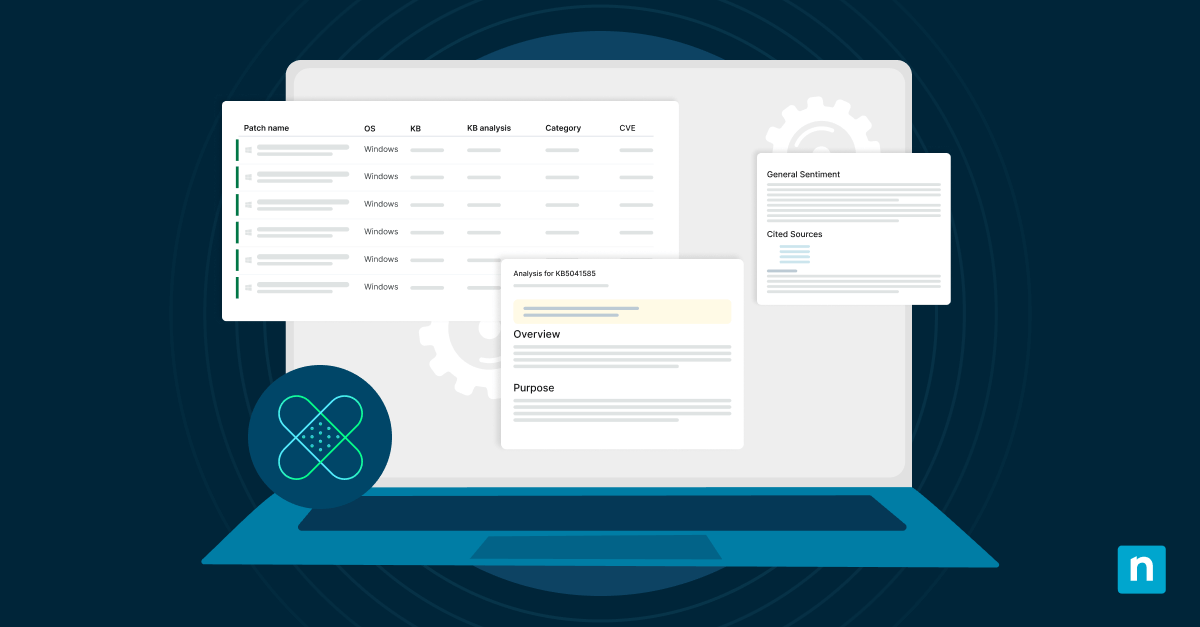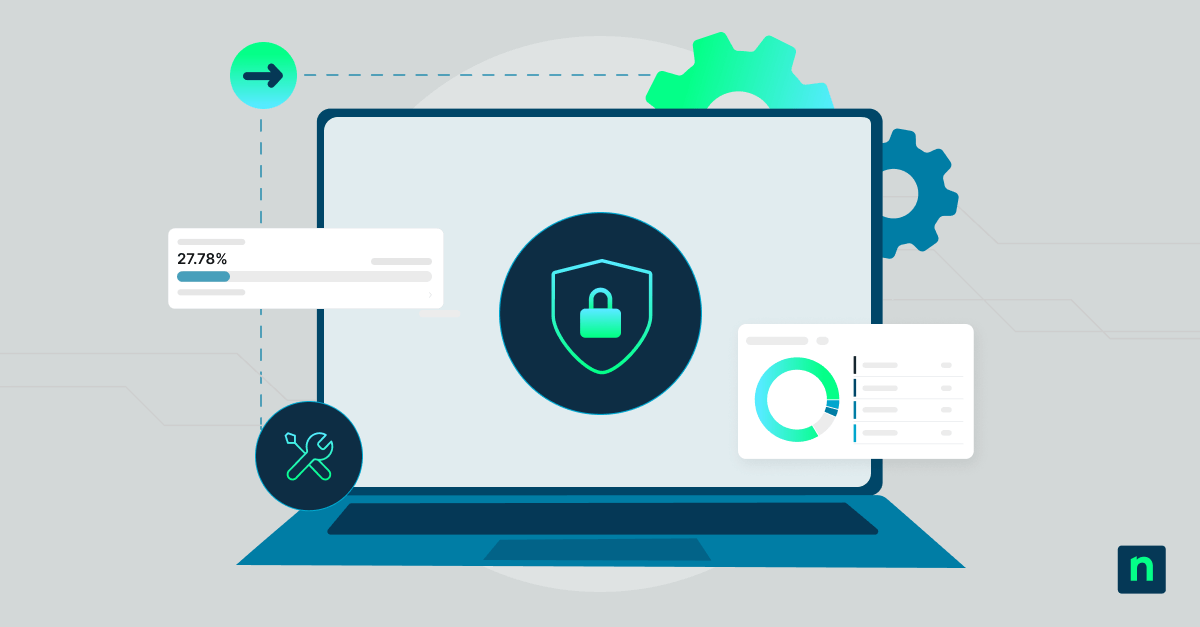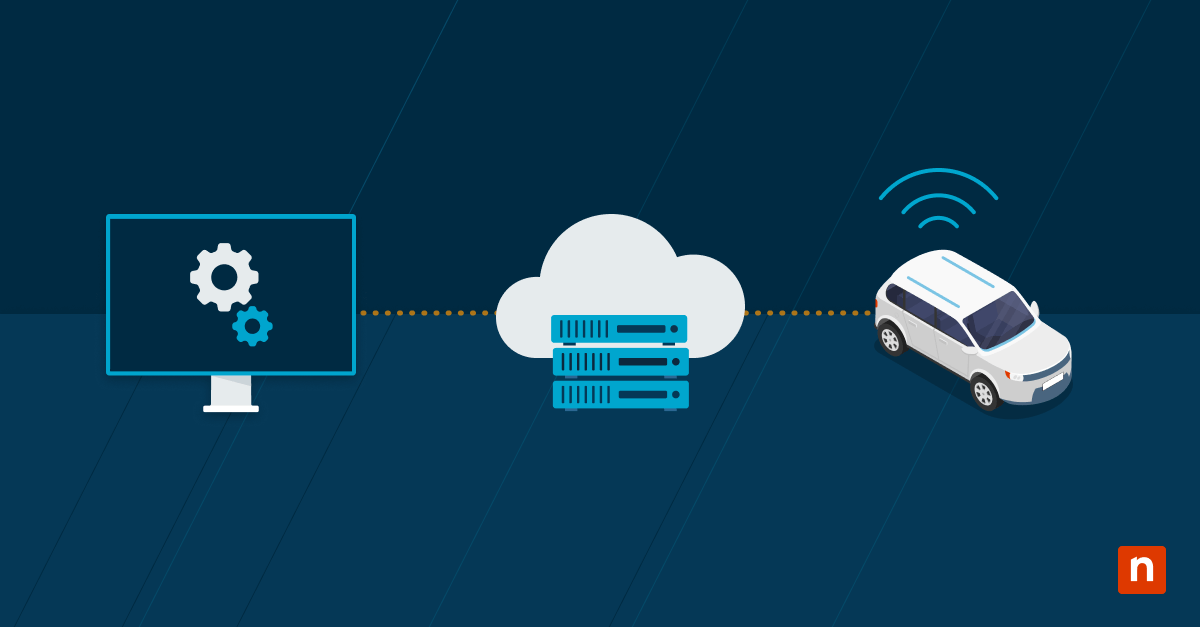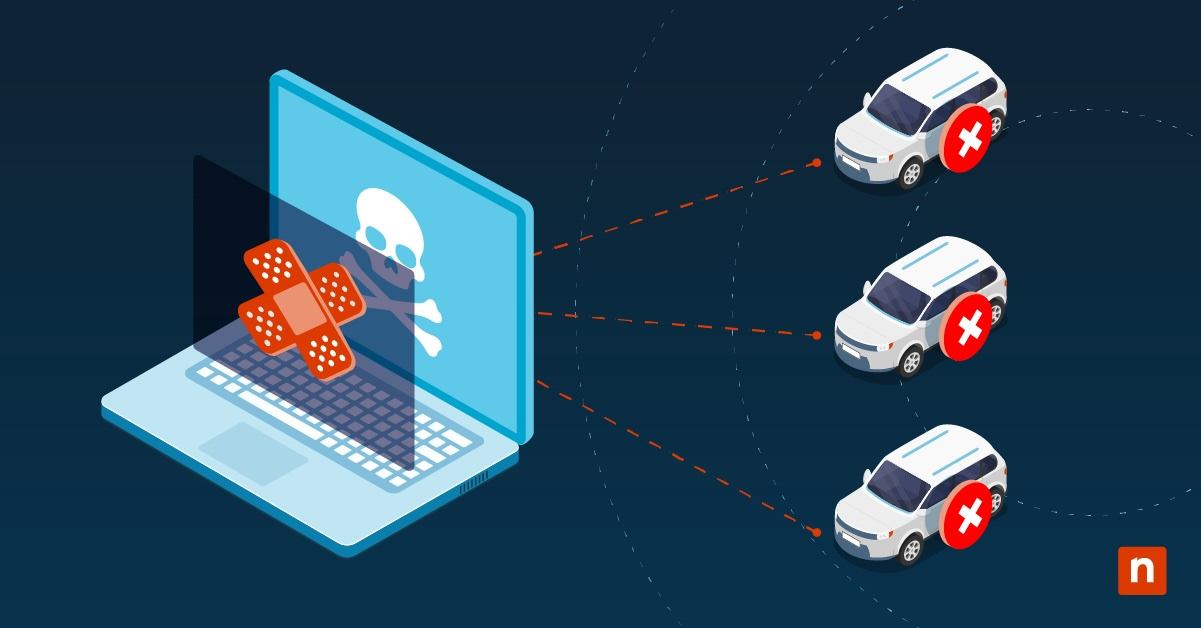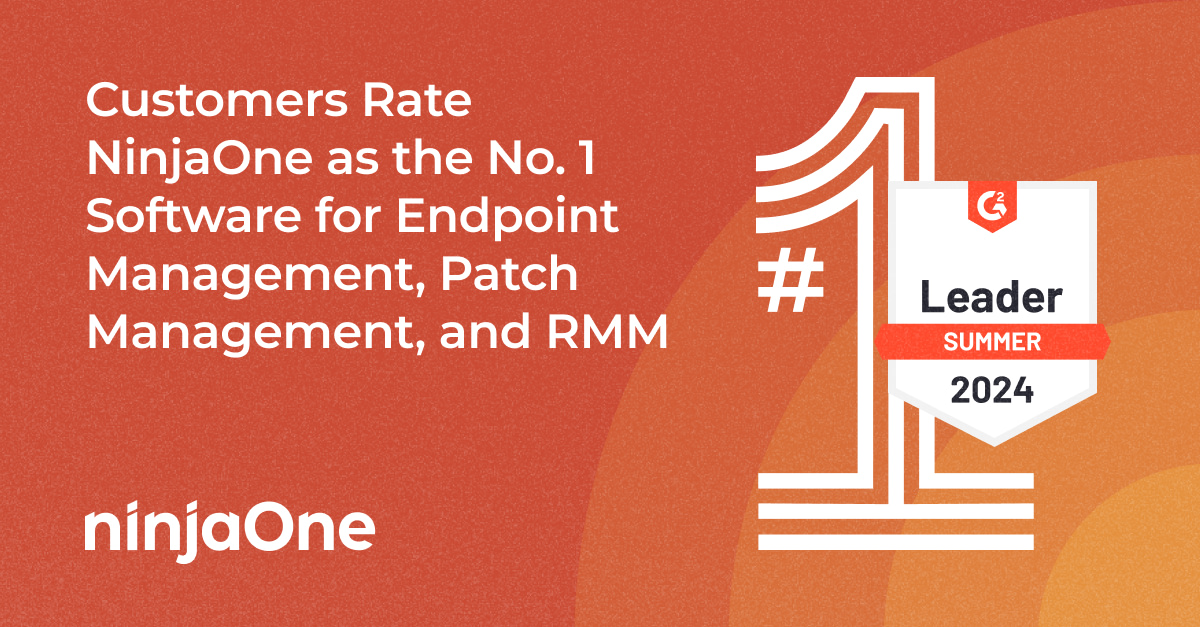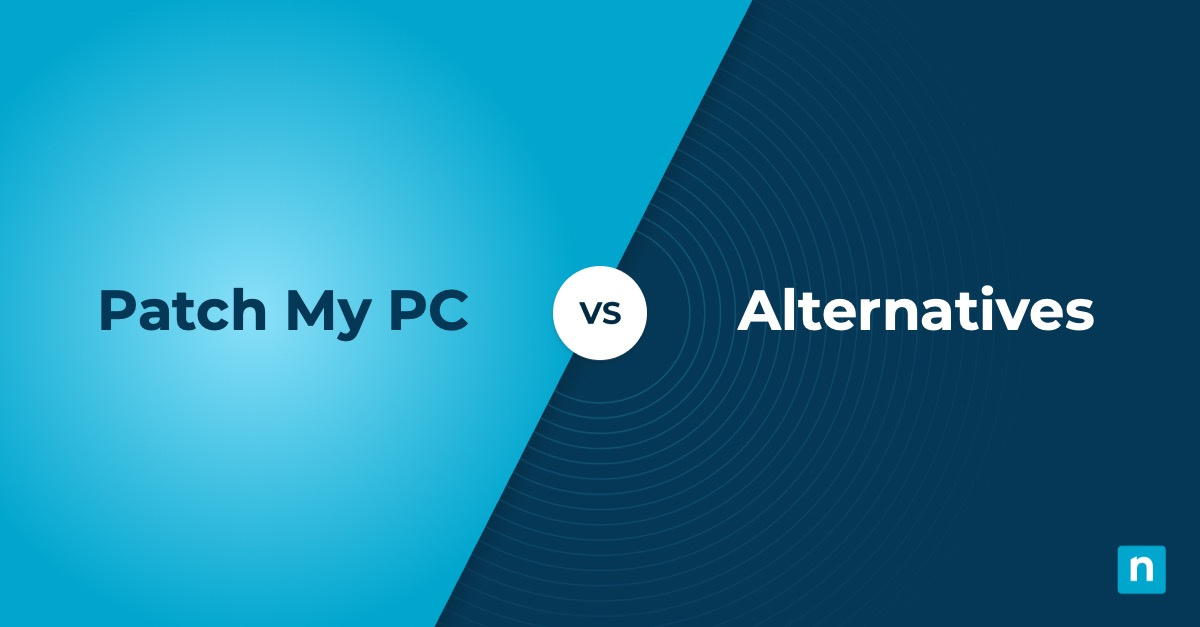In this article, you will learn more about what is Linux Patch Management, its importance, common challenges, key components, tools, and effective strategies. Managing patches is necessary to maintain a secure, stable and high-performing Linux environment.
Whether you’re a systems administrator, IT manager, or responsible for keeping Linux systems running smoothly, mastering the process of identifying, testing, and deploying patches plays an important role in safeguarding your infrastructure.
Take the guesswork out of patch management. Get all the insights and strategies you need in our free Patch Management for Dummies guide. Read now.
What is patch management for Linux?
Linux patch management is a proactive strategy that keeps your systems secure, functional, and up-to-date. It’s a continuous cycle of identifying critical updates, testing them in controlled environments, and deploying them carefully across production systems. By regularly applying patches, you address security vulnerabilities, fix software bugs, and integrate new features, all of which help you maintain operational efficiency and protect against potential threats.
The importance of regular Linux patch management
Unpatched systems are vulnerable to exploits, which can lead to data breaches and operational failures. Beyond security, regularly applying patches ensures your systems run on the latest software versions, which often include performance improvements and new features. Additionally, regulatory compliance depends on diligent patch management, especially in industries with strict security standards.
Common challenges in Linux patch management
Patch management in Linux environments can be complex and fraught with challenges. Recognizing and addressing these challenges is vital to ensuring a smooth and effective patching process. Here are some of the most common obstacles:
Compatibility issues
One of the most frequent challenges in Linux patch management is ensuring that new patches do not conflict with existing software, configurations, or custom scripts. These conflicts can lead to system instability, application failures, or even downtime. To mitigate this, thorough testing in a staging environment that closely mirrors your production setup is crucial.
Dependency management
Linux systems, particularly those using package managers like APT or YUM, often require careful handling of dependencies. A patch for one package might require updates to several others, which can complicate the patching process. Failure to address these dependencies properly can result in partial updates or broken packages, leading to system vulnerabilities or malfunctions.
Limited maintenance windows
Many organizations have limited windows during which they can apply patches, especially for systems that require high availability. Balancing the need to keep systems updated with the need to minimize downtime is a constant challenge. Effective scheduling and prioritization are essential to navigate this issue without compromising security or operational efficiency.
Resource constraints
Smaller teams or organizations with limited IT resources may struggle to keep up with the constant flow of patches. This can lead to delayed updates and increase the risk of security breaches. Leveraging automation tools and community resources can help alleviate some of the burden, ensuring that patches are applied promptly.
Change management and approval processes
In many environments, especially those subject to regulatory compliance, patching is not just a technical task but also a process that involves approvals and documentation. Navigating these processes can slow down patch deployment, leaving systems vulnerable for longer periods. Establishing streamlined workflows and clear communication channels can help speed up the process while maintaining compliance.
User disruption
Applying patches, especially those that require system reboots or service restarts, can disrupt users and business operations. Planning patch deployments during off-peak hours and clearly communicating with users can help minimize these disruptions.
Key components and Linux patching best practices
The best Linux patching strategies hinge on several core components. To achieve a smooth and efficient process, you should focus on:
- Identification: Timely identification of necessary patches is the foundation of good patch management. Monitor for new patches from software vendors and assess their relevance to your environment.
- Testing: Thorough testing of patches before deployment is essential to avoid disruptions. Use a staging environment that mirrors your production setup to catch any potential issues before they impact live systems. Testing should include functionality checks and compatibility with other software and systems.
- Deployment: Careful deployment planning is crucial. Schedule patches during off-peak hours to minimize the impact on users. Security patches should be prioritized for immediate application, while less critical updates can wait for the next scheduled maintenance window.
- Documentation: Keeping detailed records of your patch management activities is vital for auditing and troubleshooting. Document which patches were applied, when they were applied, and any issues encountered. This ensures everyone involved in the process is on the same page and provides a clear history for future reference.
- Rollback plan: Despite your best efforts in testing, issues can still arise after patch deployment. Having a rollback plan in place allows you to quickly restore systems to their previous state if needed. Ensure you have backups of critical data and system configurations before applying patches, making rollback smoother and reducing downtime.
Tools and resources for effective Linux patch management
A variety of tools are available to help you streamline your Linux patching strategies, each offering unique features that cater to different needs:
- Red Hat Satellite: Ideal for managing Red Hat Enterprise Linux environments, Satellite allows for centralized patch, configuration, and software management across multiple systems. It also automates patch deployment and compliance reporting, reducing manual effort.
- Canonical Landscape: For Ubuntu systems, Canonical Landscape offers robust patch management with centralized control, automation and monitoring. It simplifies keeping your systems up to date and helps ensure consistent application of patches.
- Spacewalk: As an open-source Linux server management tool, Spacewalk supports patch management for various distributions, including Red Hat and CentOS. Its web-based interface makes it easier to manage updates, software packages and configurations across large deployments.
- Puppet and Ansible: While not exclusively for patch management, configuration management tools like Puppet and Ansible can automate patching. These tools allow you to define the desired state of your systems, ensuring patches are applied consistently across all servers.
Beyond tools, the Linux community is an invaluable resource. Online forums, mailing lists, and websites offer a wealth of information on patches, best practices, and troubleshooting tips:
- LinuxQuestions.org is a large, active forum where you can ask questions and share knowledge about Linux patch management.
- Reddit’s r/linuxadmin is an informal subreddit where Linux administrators discuss patch management strategies, share tools, and learn from each other’s experiences.
- Many Linux distributions have their own forums or community pages, offering advice tailored to your specific OS.
Taking action on your Linux patching strategy
With a solid understanding of Linux patching best practices, it’s time to put your knowledge to work. Start by evaluating your current patch management practices. Are you following the best practices outlined in this guide? Are there gaps in your process that need to be addressed?
If you’re not already using patch management tools, consider implementing one of the options discussed earlier. Automation can significantly reduce the workload associated with patch management and ensure patches are applied consistently and on time.
Don’t overlook the importance of documentation and testing. By keeping thorough records and testing patches before deployment, you reduce the risk of downtime and ensure your systems remain secure and reliable. Regularly reviewing and adapting your patch management strategy will help you maintain a resilient, effective patch management program.
Ready to streamline your Linux patch management? Ensure your systems are always up-to-date and secure with NinjaOne’s powerful patch management solution. Take control of your patching process with automated scheduling, comprehensive reporting, and seamless integration tailored for Linux environments. Try NinjaOne for free today and experience hassle-free patch management that keeps your systems secure and your operations running smoothly.

